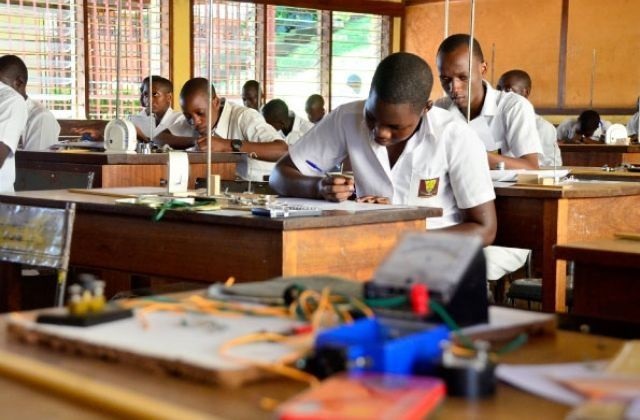
Kampala, Uganda | THE INDEPENDENT | The World Bank has approved a fund of $150 million (approximately 554 billion shillings) to enable greater access to higher-quality secondary education among Ugandan children in safer and better-equipped learning environments.
The project dubbed Uganda Secondary Education Expansion Project- USEEP is financed by an International Development Association credit of $90 million (332.5 billion shillings) and a grant of $60 million (221.6 billion shillings) from the window on host communities and refugees.
Through the project, the Ministry of Education and Sports will construct 116 new lower secondary day-schools targeting 60 districts with below-average gross enrollment ratio, high unsatisfied demand for lower secondary education and no public secondary school. Targeted areas include all 12 refugee-hosting districts.
Each of the said schools will be fully furnished and equipped to accommodate two streams of students. The project will also provide student textbooks and teacher guides, support continuous teacher professional development and implement an accelerated education program for children who are not currently attending school.
Additional classrooms will also be constructed in 61 schools from underserved districts thus creating 70,300 new spaces for learners, including 30,000 in areas hosting refugees.
“Uganda needs to expand access to secondary education to enhance its human capital. This is essential if Uganda is to improve the future well being of its citizens while also enabling the economy to grow through their increased productivity,” Tony Thompson, World Bank country manager said moments before the fund was approved.
According to the 2016 National Resistance Movement – NRM manifesto, President Yoweri Kaguta Museveni pledged to construct a government secondary school in each sub-county. However, this promise is yet to be fulfilled due to inadequate resource envelope as the country’s current budget expenditure on education has remained low.
Statistics from the Education Ministry indicate that 615 sub-counties in Uganda have no government secondary schools. To handle the matter, the government under the Inter-Government Fiscal Transfer Program embarked on construction of 127 seed secondary schools in the 2019/2020 financial year.
However, at the beginning of this year, the construction of the said seed schools in several areas stalled. The education minister Janet Museveni blamed the mishaps of the project on disagreements about the locations where the seed secondary schools should be constructed.
Several reports indicate that only about 50 percent of the primary school leavers are able to go on to secondary school. The low enrollment levels mostly affect girl children, refugees are partially associated with financial constraints and unavailability of secondary schools in some communities.
******
URN
 The Independent Uganda: You get the Truth we Pay the Price
The Independent Uganda: You get the Truth we Pay the Price




HIMA TOWN COUNCIL,KASESE,deserves aseed school for it has high numbers of people due to cement industry and the re settled basongora pastoralists.